In celebration of the National Park Service Centennial, the Trust committed to restore the stone observation platform at Hawksbill, along with the trails leading up to the summit. The goal of this project was to preserve this important landmark, while making it safer and more readily accessible to the public.
This project not only restored the masonry and replace bronze plaques that had been stolen, but also upgraded the tread of a high use trail to accommodate small equipment access for future maintenance and removed an unpaved section of road that was no longer needed, converting it to a trail.
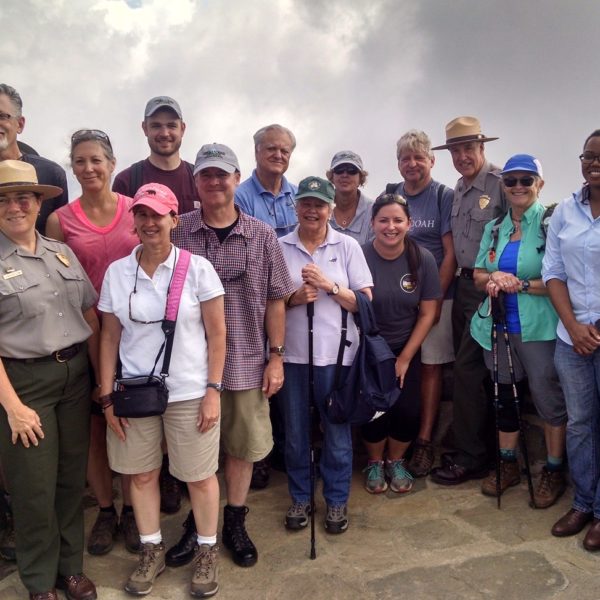
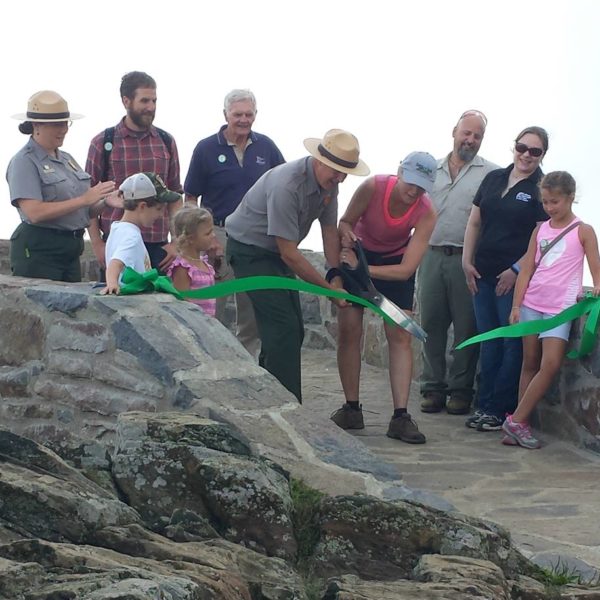
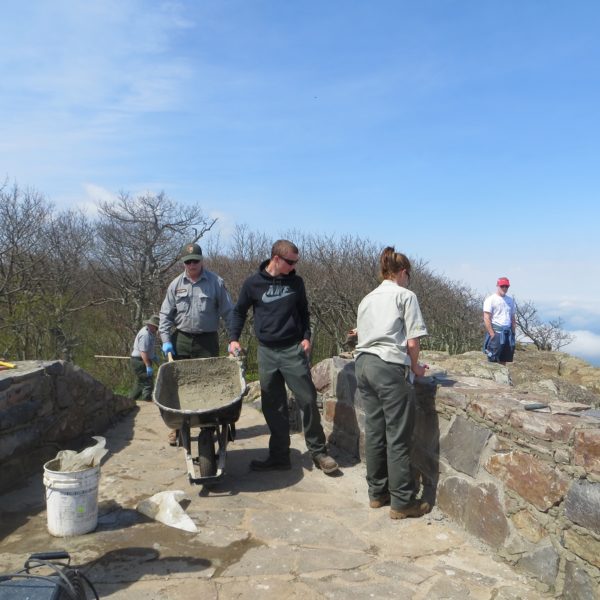
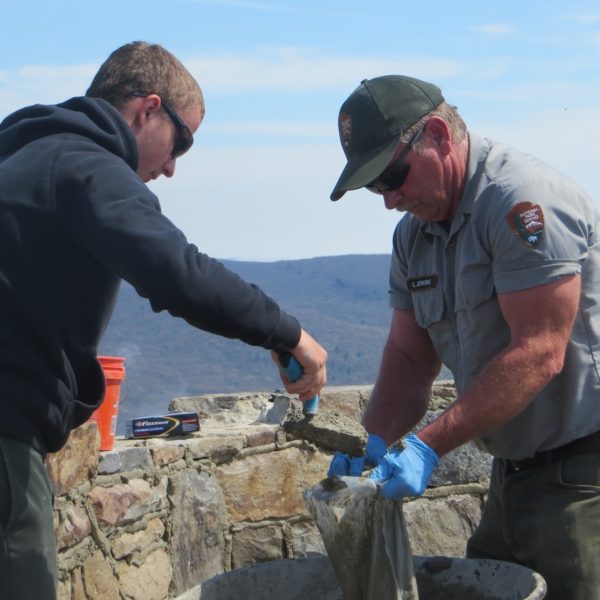
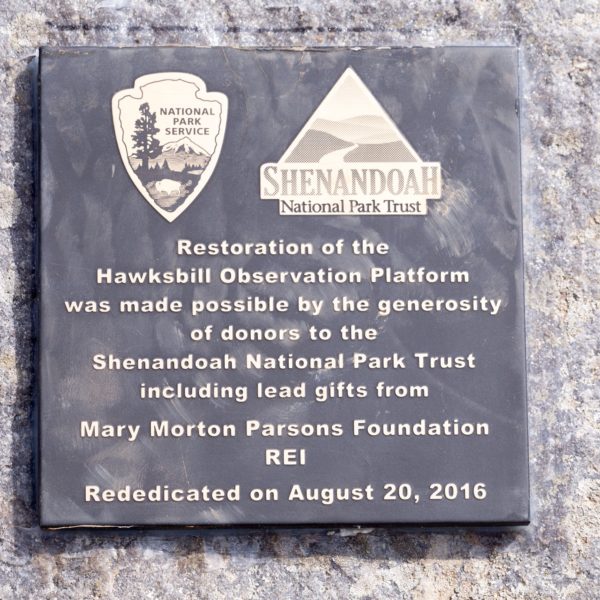
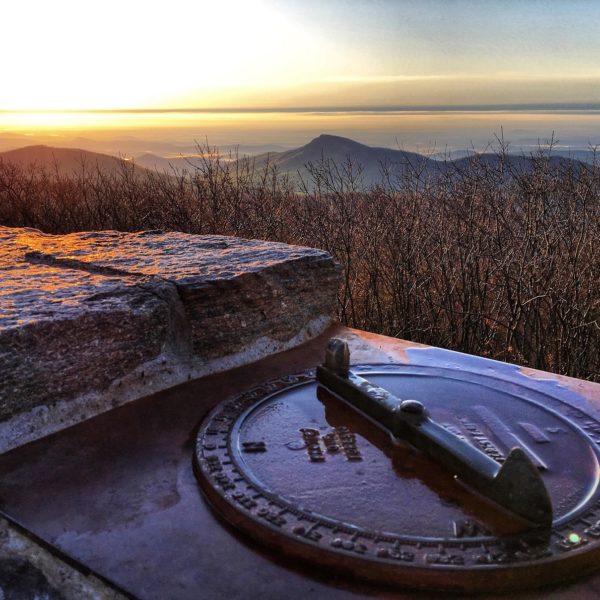
History of the Hawkbill Observation Platform
In 1963, the late U.S. Senator Harry Byrd, a Democrat from Virginia, donated the masonry observation platform at Hawksbill to the park. Senator Byrd played a vital role in the creation of the park itself during his term in the 1930s. After the park was completed, he continued his support of the park through projects like this platform and several other structures known as ‘Byrd’s Nests’ that allowed visitors to appreciate this vast protected wilderness.
By rehabilitating the Hawksbill platform as our signature Centennial project, we hoped to return it to its former glory, and used its symbolic significance to raise public awareness about what will be needed to continue to protect and enhance Shenandoah National Park for the next century and beyond. We also hoped it will be a place to inspire the protection of night skies, natural soundscapes, and park resources in the face of climate change.
Ecological Significance of Hawksbill Mountain
As the highest peak in Shenandoah National Park, Hawksbill Mountain is home to many plant and animal species – some that are found nowhere else in the world. An example is the Shenandoah salamander, a rare and endangered species unique to the park’s highest peaks. It can live only in certain environments, such as the relatively cool, moist, high elevation of Hawksbill Mountain.
In addition, Hawksbill has been utilized as one of a few sites in the park where Park Rangers are working to re-establish the endangered Peregrine Falcon. The park’s current nesting peregrine pair fledged three young in late June of 2014. The pair represents one of only two reproductive peregrine pairs in the mountains of Virginia. The adult male peregrine from this pair was restored in Shenandoah in 2008 on Hawksbill Mountain. The higher peaks and cliffs of Shenandoah represent some of the best places to observe these amazing and rare birds of prey in the mountains of Virginia. The restoration of the observation platform allows hikers, naturalists, and outdoor enthusiasts to visit this biologically significant site without disrupting the natural areas there.
